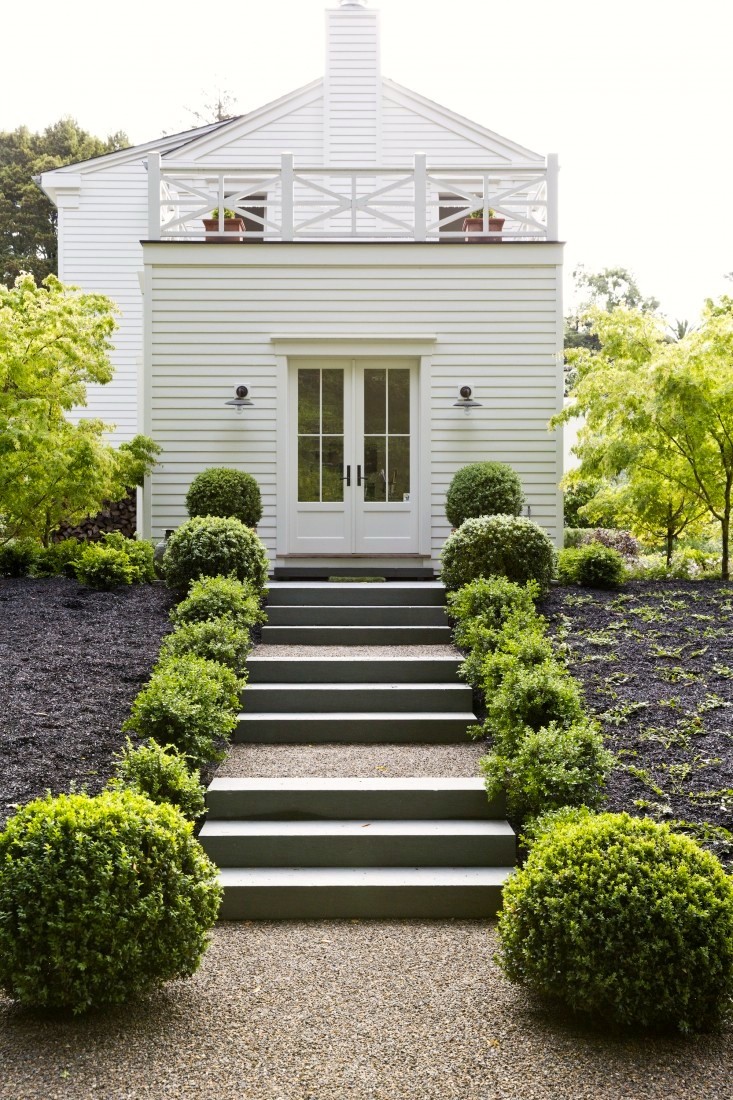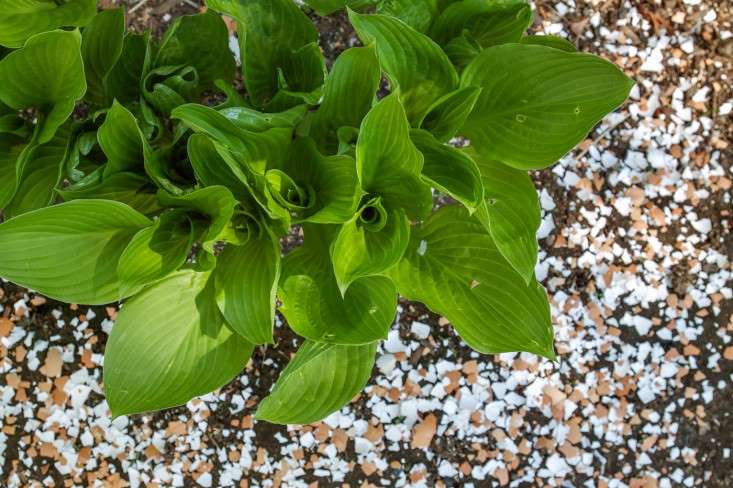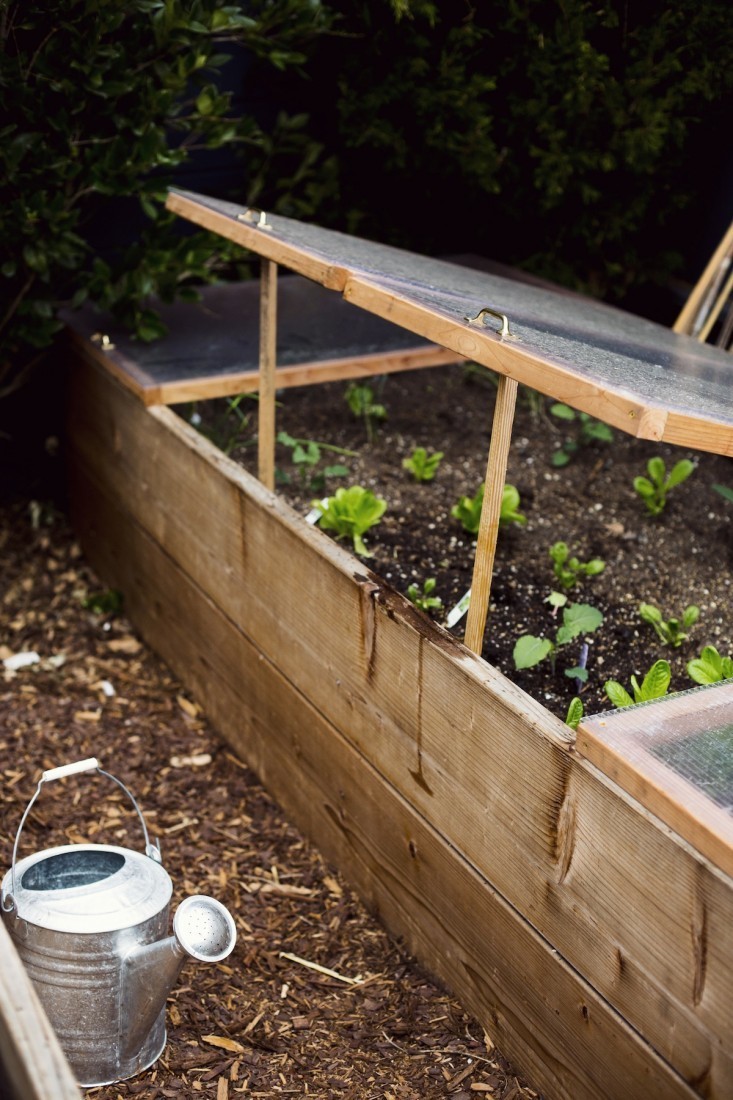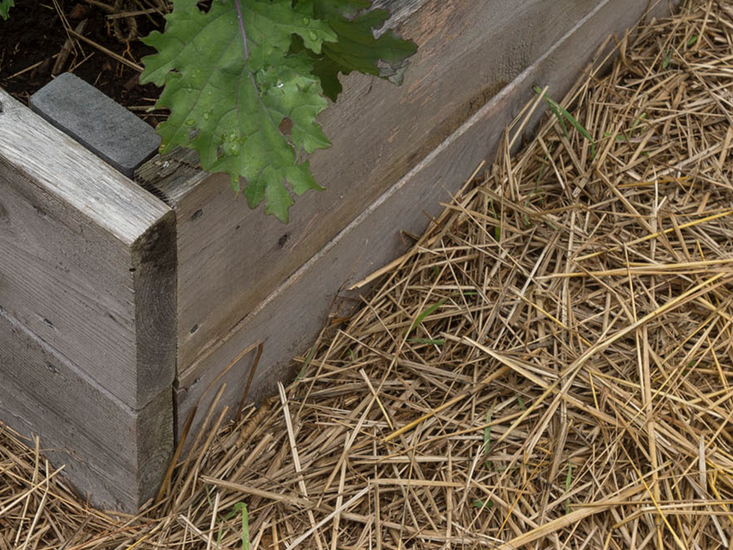
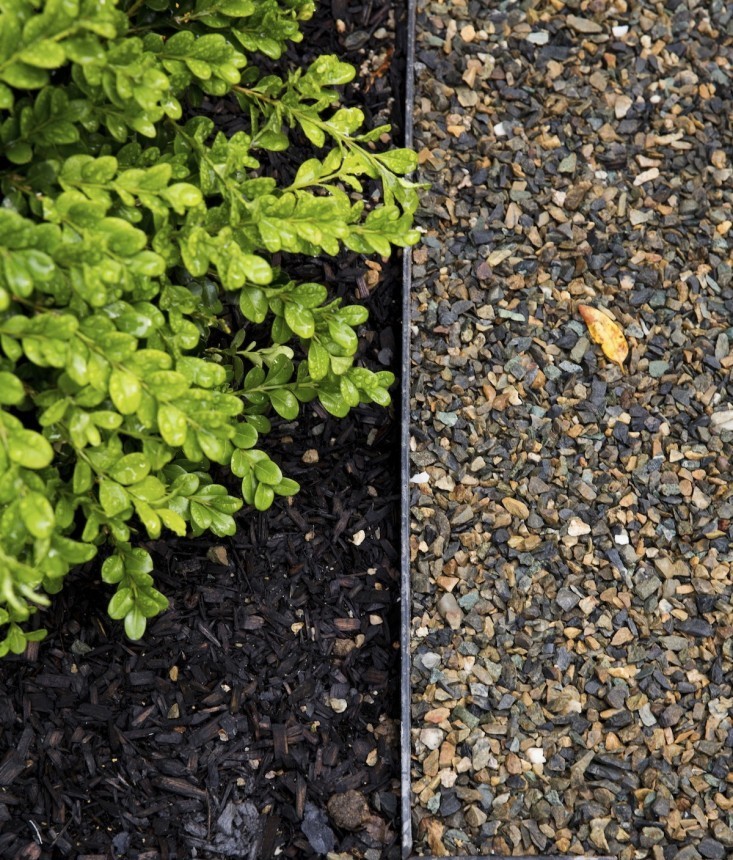
Mulch is a miracle! Spreading a thin layer of material on top of garden soil smothers weeds, prevents both erosion and compaction, and slows evaporation so much that you can cut water use by 50 percent. Wondering how and which type to use? Here is what you need to know.
The Best Kinds Of Mulch
Wood chips: hardwood and softwood chips both make good mulch, with the added benefit of coming in different sizes.
Pine needles: slow to break down, pine needles are a fragrant and long-lasting choice. You can add another layer every few months or you can rake up a dry, brittle layer and send it the compost pile before replacing it with a layer of fresh needles.
Straw: lightweight and easy to work with, straw has a natural color that will disappear neutrally into the background.
Grass clippings: the main ingredient in fresh grass clippings is water, which enables them to break down quickly when you use them as mulch. As they decompose, grass clippings will release nutrients into the soil.
Aged compost: full of nutrients, a layer of compost enriches the soil beneath it.
Gravel: both small stones and rock mulches are attractive, crunch satisfyingly underfoot, and last a long time. They also absorb the sun’s heat, which can raise soil temperature and damage roots of sensitive plants.
Decomposed granite: as it requires no water and little maintenance, decomposed granite is an increasingly popular material to use on paths and walkways or as a mulch around the perimeter of raised beds.
How To Choose Your Own Type Of Mulch
Edible Gardens: straw is a particularly good choice to mulch a vegetable garden because as it breaks down it will add nitrogen to the soil. Straw also is lightweight and easy to rake; you can mound it around the base of plants and it will stay put. Pine needles also will help create the acid-rich soil in which vegetables and berry bushes thrive.
Paths: stone, rock, and decomposed granite mulches make effective mulches for high-traffic walkways because they are more stable than organic materials.
Flower Beds: wood chips or bark will stay in place, break down slowly, and create an attractively uniform backdrop for flowering plants and their foliage.
Beneath Trees: spreading large wood chips around a trunk can have a protective effect against lawn mower blades and weed whackers that might otherwise come too close and nick the base.
Do’s And Don’ts
Do spread a thin layer of mulch–typically, 2 to 3 inches deep–to get maximum benefits. Do remove and replace mulch every year in garden beds with disease-prone plants. You can recycle the used mulch by putting it under trees.
Don’t use grass clippings as mulch if the grass has been treated within the past 30 days with commercial weed killers or pesticides–you don’t want to spread those chemicals to other parts of the garden. Don’t use compost as mulch until it is well aged–fresh compost can “burn” sensitive plants and young seedlings.
